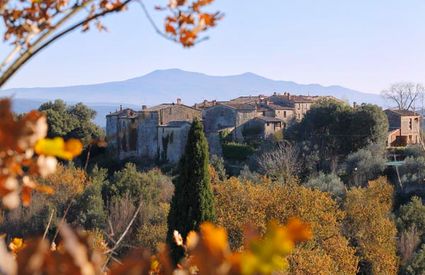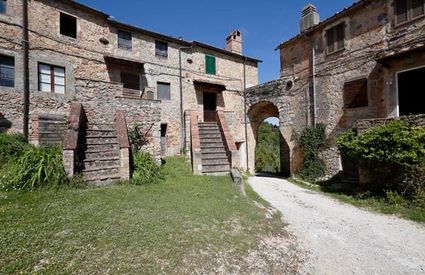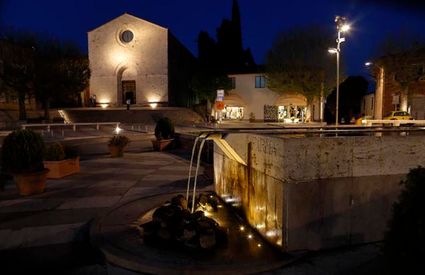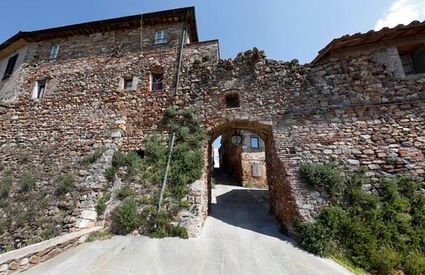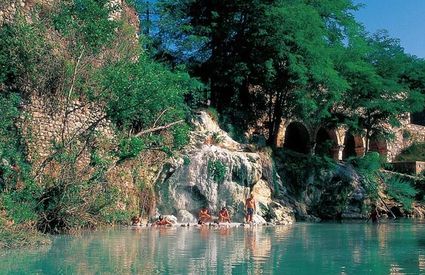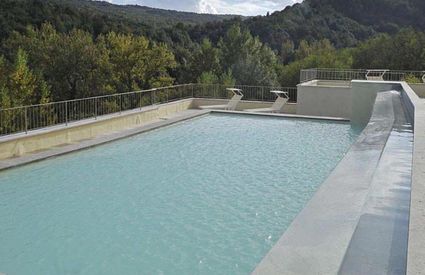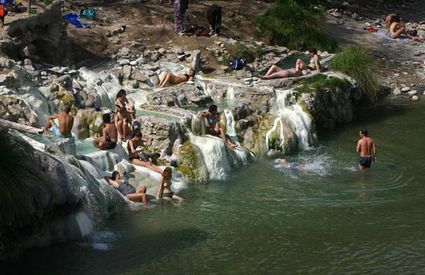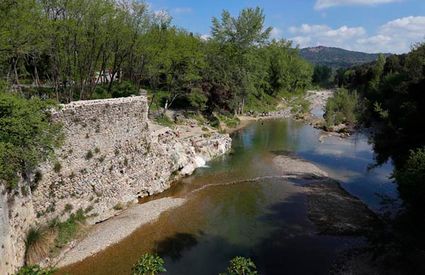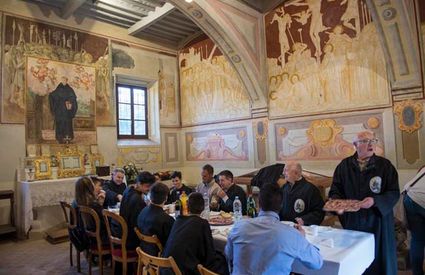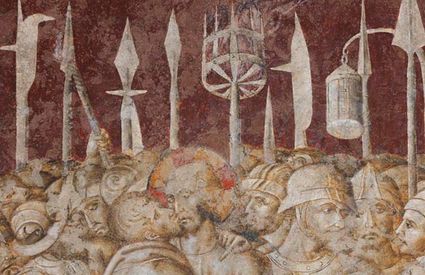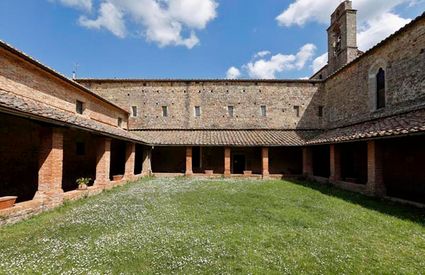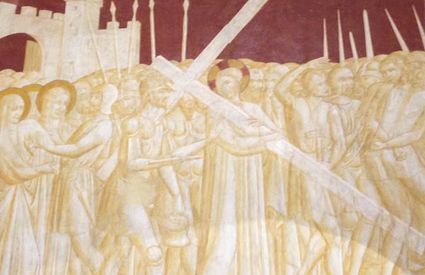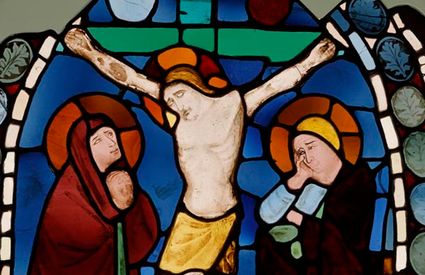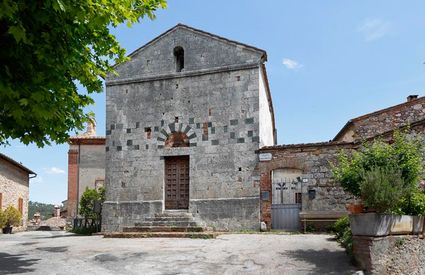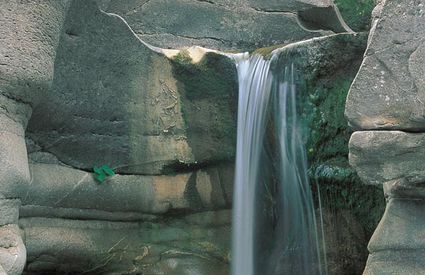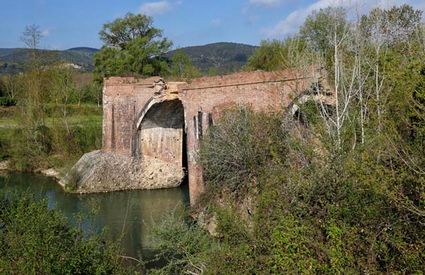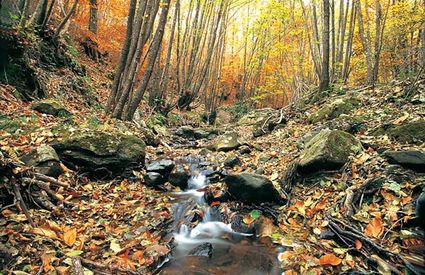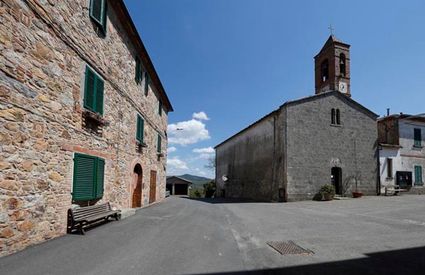Monticiano
Monticiano, between the Farma and Merse rivers
Towns hidden within forests and riverfronts, in a land of biodiversity
Monticiano, between the Farma and Merse rivers
Towns hidden within forests and riverfronts, in a land of biodiversity
The Monte di Giano
Monticiano, or Mons Gianus, the Monte di Giano: here there is a destiny written by the hand of God, looking toward both the past and the future, in one direction and in its opposite. It is close to Siena, but deep in the Val di Merse, not far from the sea, with the Maremma just nearby, with sea breezes and mountain vibes, sulfurous waters and chestnut forests.
The natural reserves here capture a world perennially caught between natural barriers and time travel. The darkness and silence hide many souls: Etruscan and Roman, Byzantine and Lombard, all lost in the wild. Ancient transhumance and processions still don’t negate the dignity of the foresters, nor the pride in having defeated Fascism, and at a significant cost.
A goat is the symbol of a two-faced god and a land defined by duality: on one side, it is Monticiano; on another, Iesa, San Lorenzo a Merse, Scalvaia, Tocchi, Petriolo. Everywhere you turn there are churches, ancient walls, frescoes that transport you back to the past, alongside contemporary art parks, new environmental technologies and a multimedia center focused on biodiversity.
Differences meet and unite, all in the name of Giano.
The baths of Petriolo
Folgóre of San Gimignano, Dante’s poetic predecessor, was an early witness of the thundering thermal baths. Pope Pius II frequented this spot, as did the Emperor Henry VII. They are part of a highly contested area fought over by the lucomonie (Etruscan villas) of Roselle and Volterra, then dominated by Siena, and passed to the Pannocchieschi d’Elci family.
Nature in Monticiano is thriving, as one of its best-known native sons, Filippo (Filenio) Galli, a 15th century pastoral-romantic poet, wrote.
People still go for dips in the warm waters of Petriolo, just as they do in the fresh waters of Farma or the Merse, two more feminine rivers.
These are enchanted places—the kind of spots you only find in the imaginations of poets.
The Blessed Antonio Patrizi
Lives here are imbued with devotion, toward both God and nature.
On one hand, there’s the legacy of the Blessed Antonio Patrizi, a 14th century man of faith , whose remains are still venerated and commemorated through a series of solemn events put on by a laypeople and art groups; on the other, there are entire generations of people who identify themselves with the forest, and thereby with the mushrooms, game and, above all, the chestnuts. The latter are dried up to make flour: these traditions still exist and are emblematic of a certain style of life.
The town that does not exist
The
devil on the hunt for a soul to take to hell never found Iesa. He would ask, but every town resident responded that he was actually in Lama, or
in Cerbaia, Solaia, Palazzo, Contra or
Quarciglioni, in one of those groups
of hosues that holds 250 groups of houses but from 20 different nationalities! Iesa is Etruscan (originally Aisinal, later Romanized to Aesius).
Foiano is the ancient name of San Lorenzo a Merse. Tocchi and its castle, Petriolo and Scalvaia will take you straight back to medieval times. But time isn’t even really a factor here: it is suspended between games (such as ball at 9pm), folk festivals and religious ceremonies, and life in the forest.


